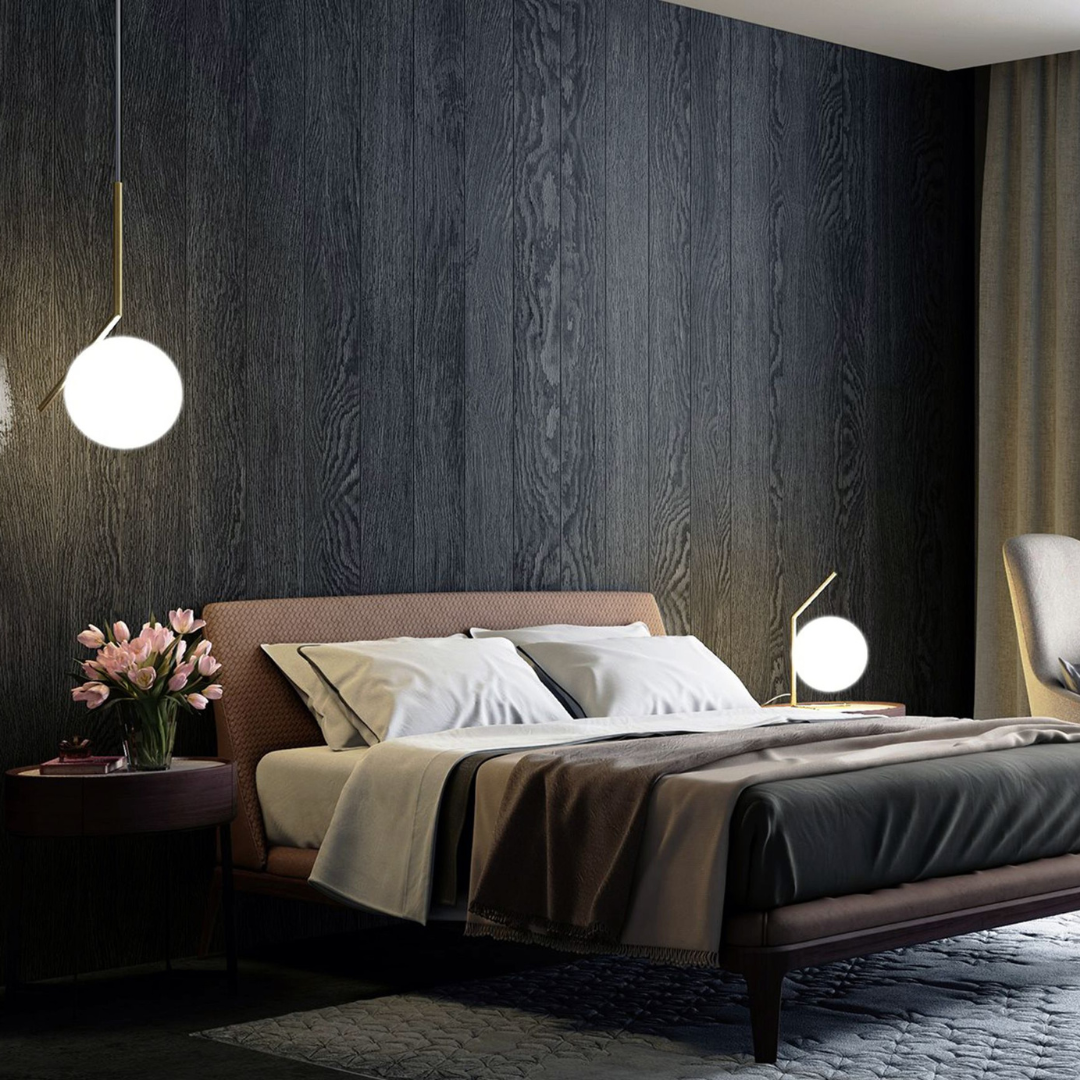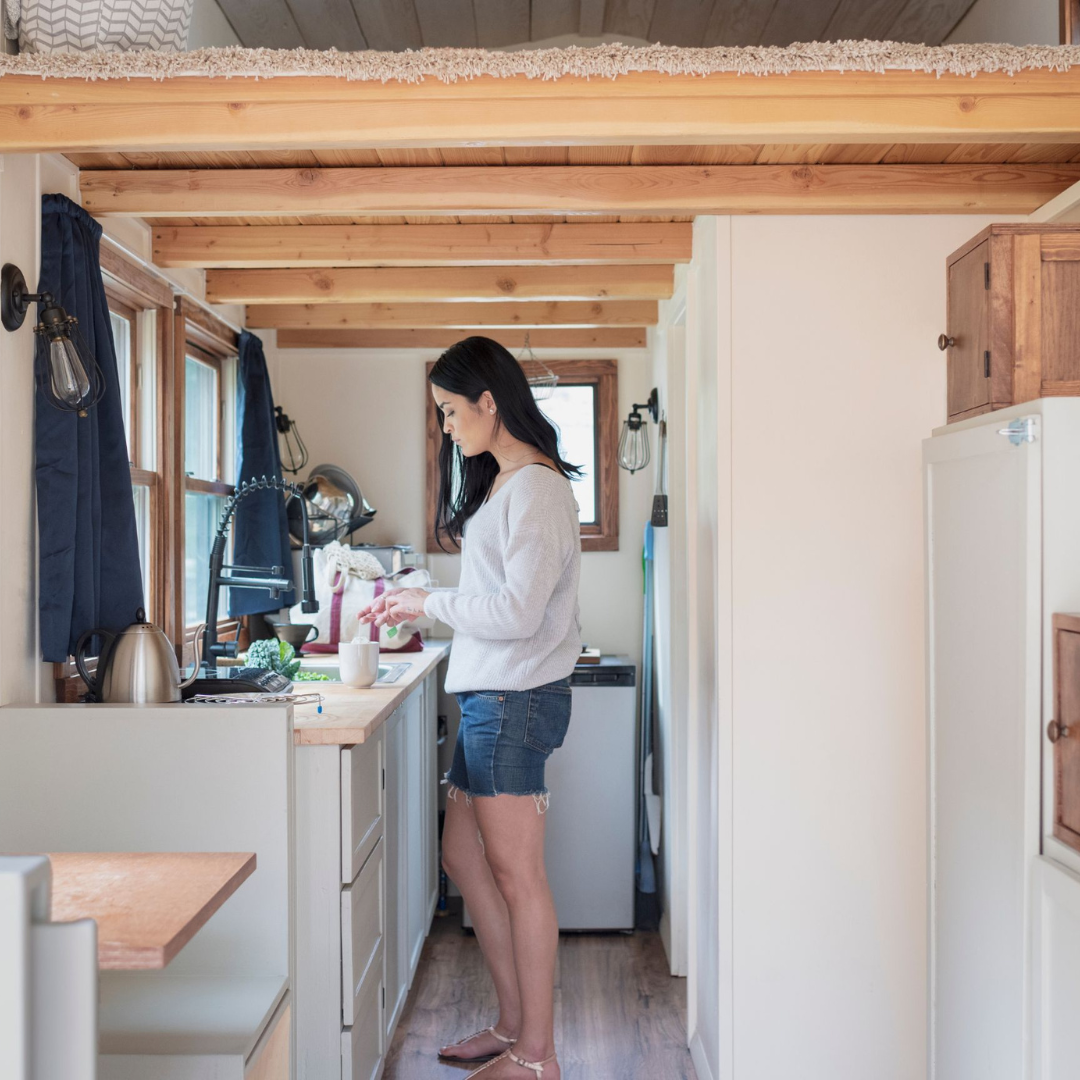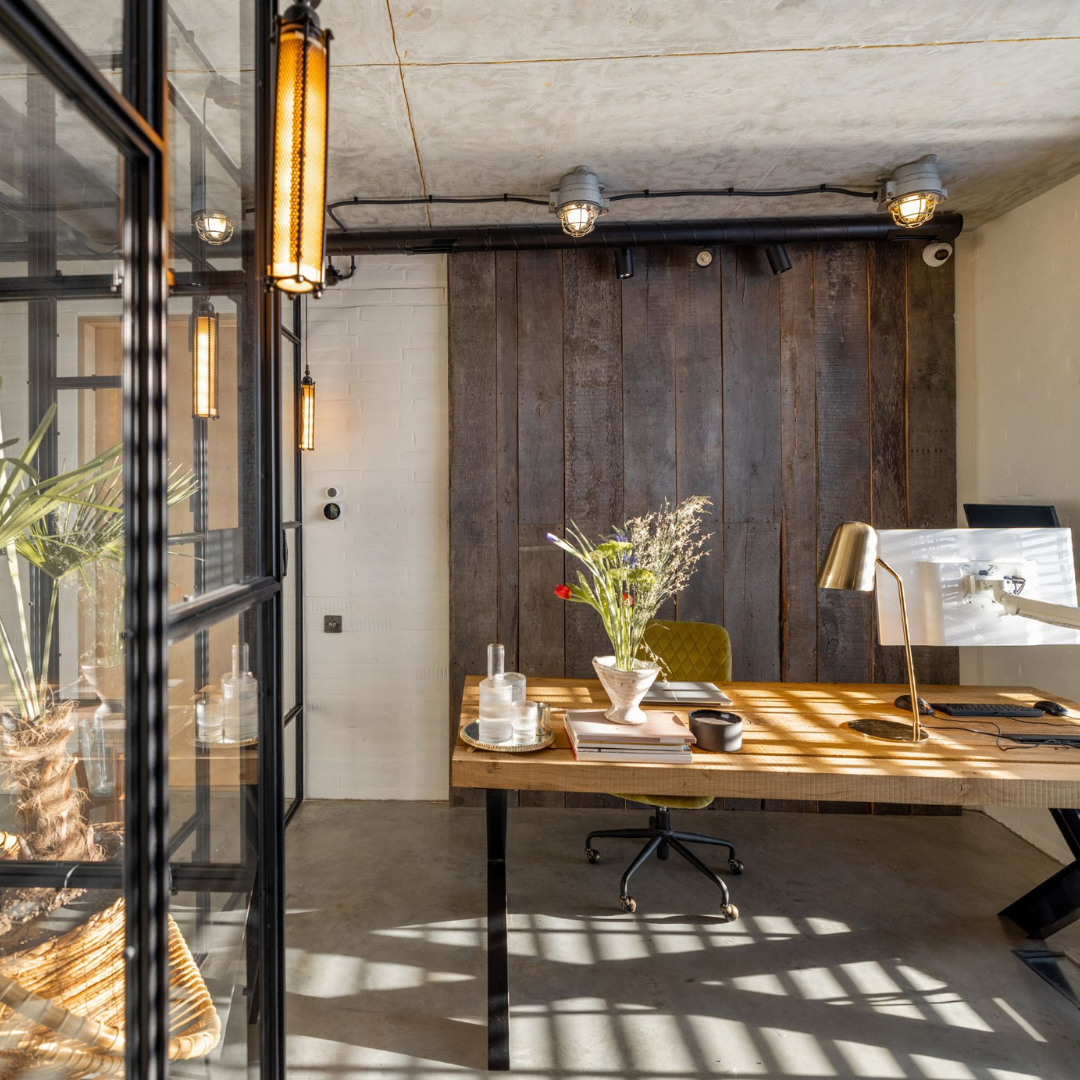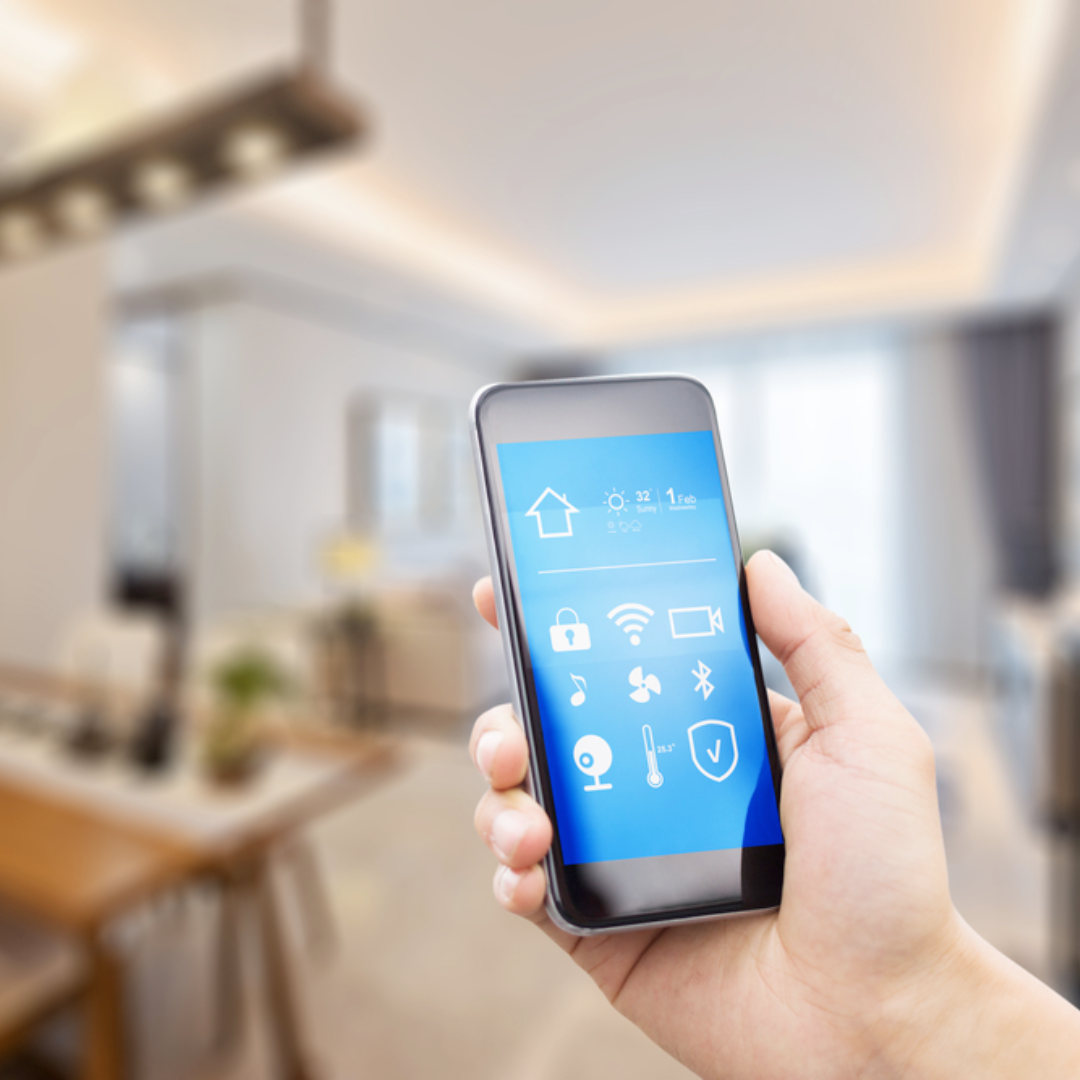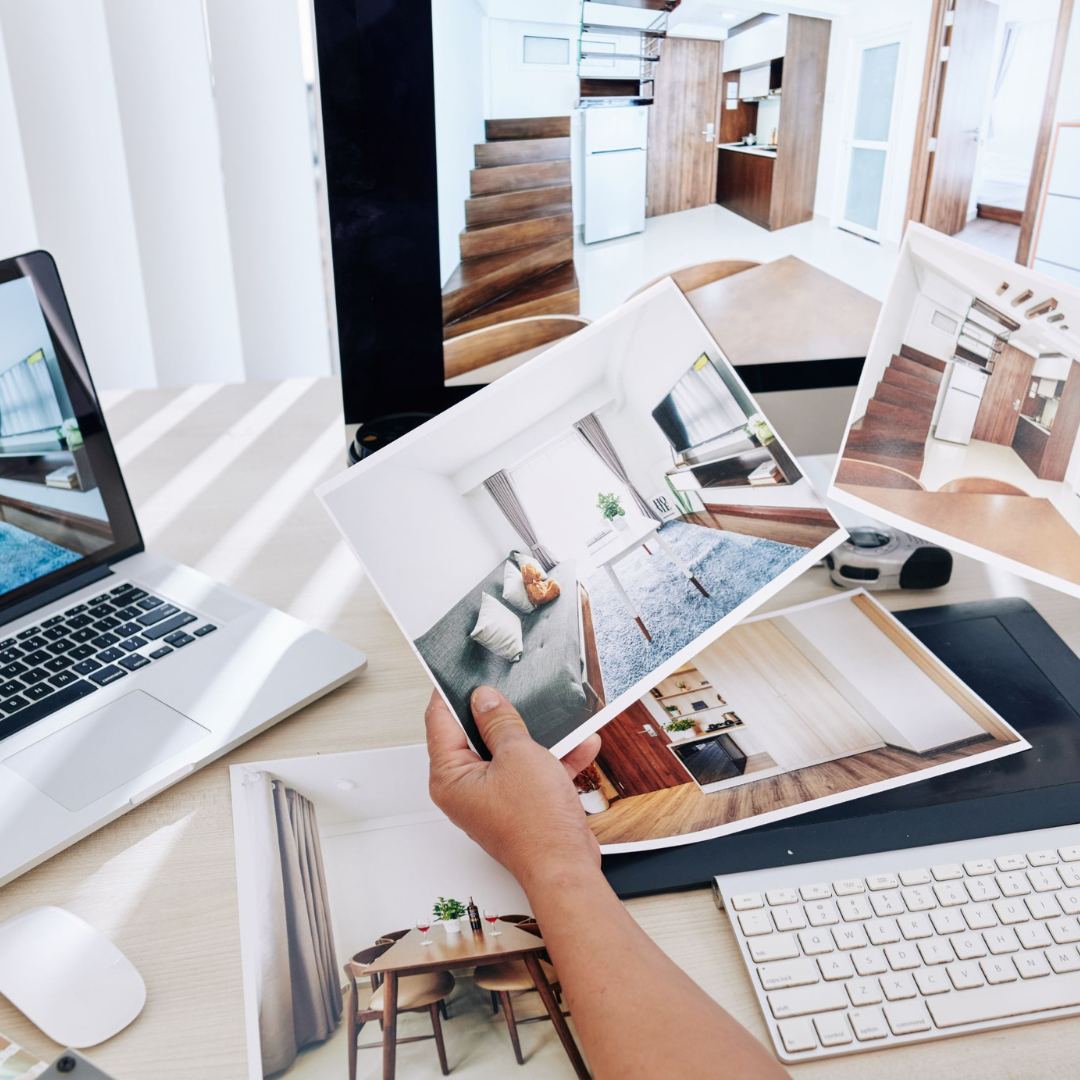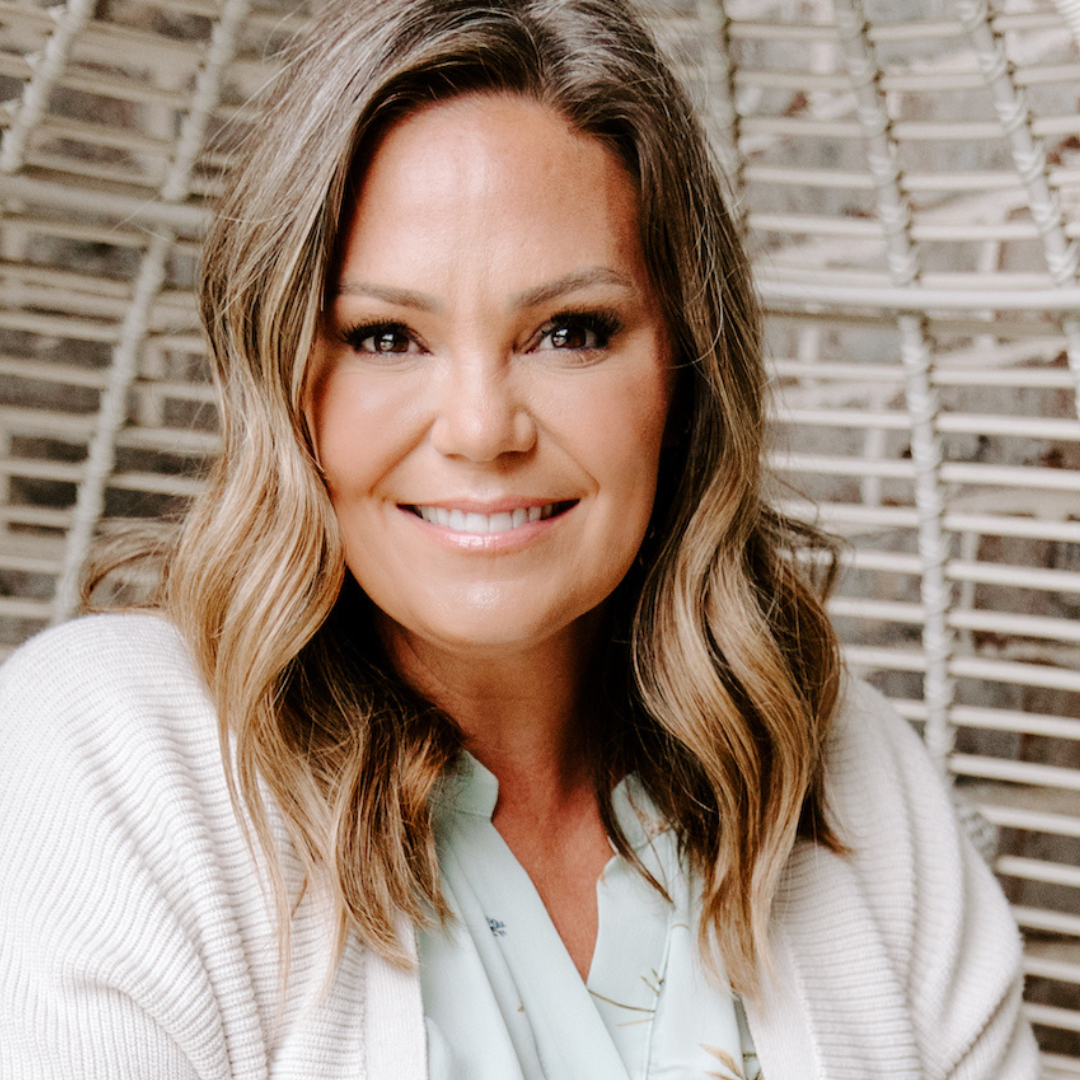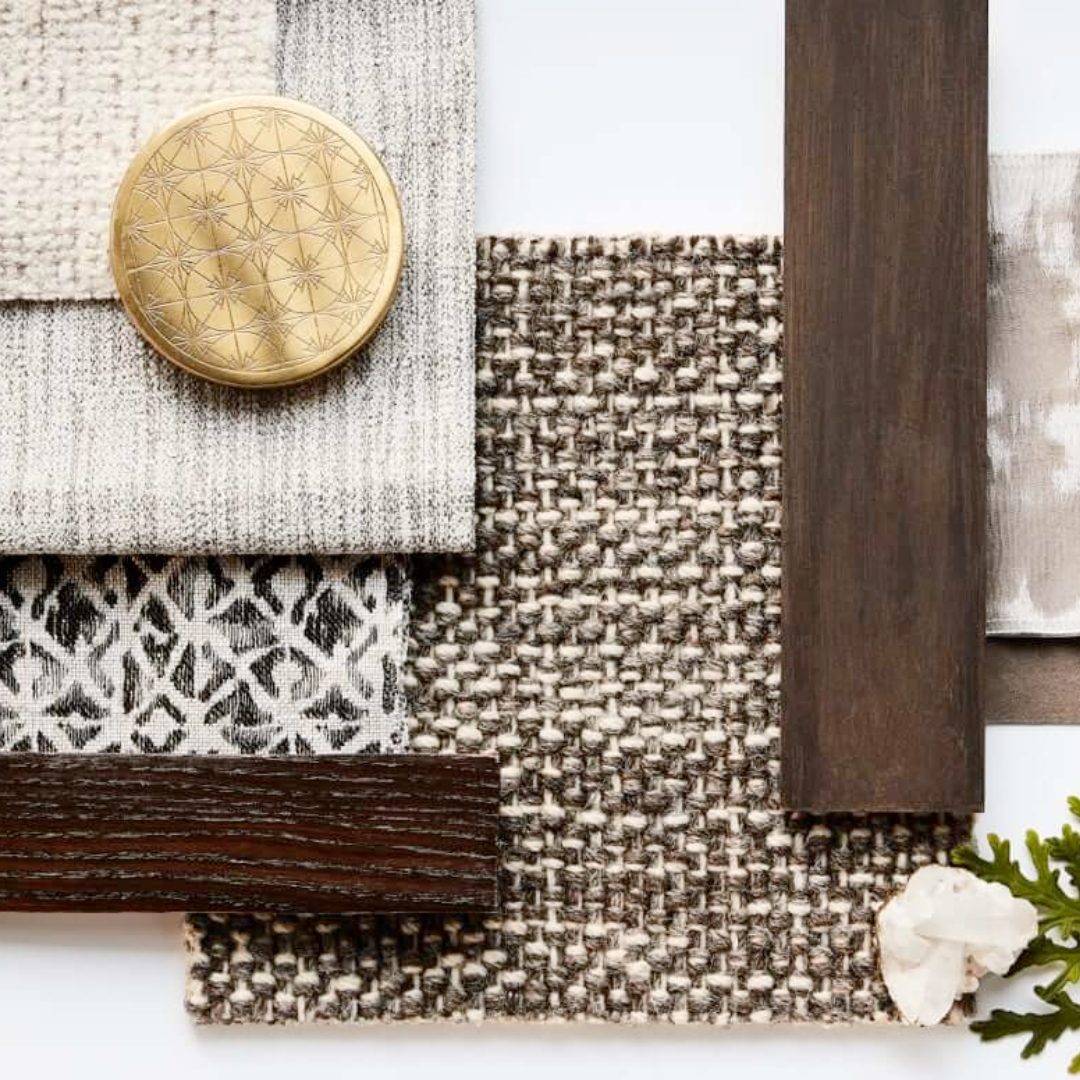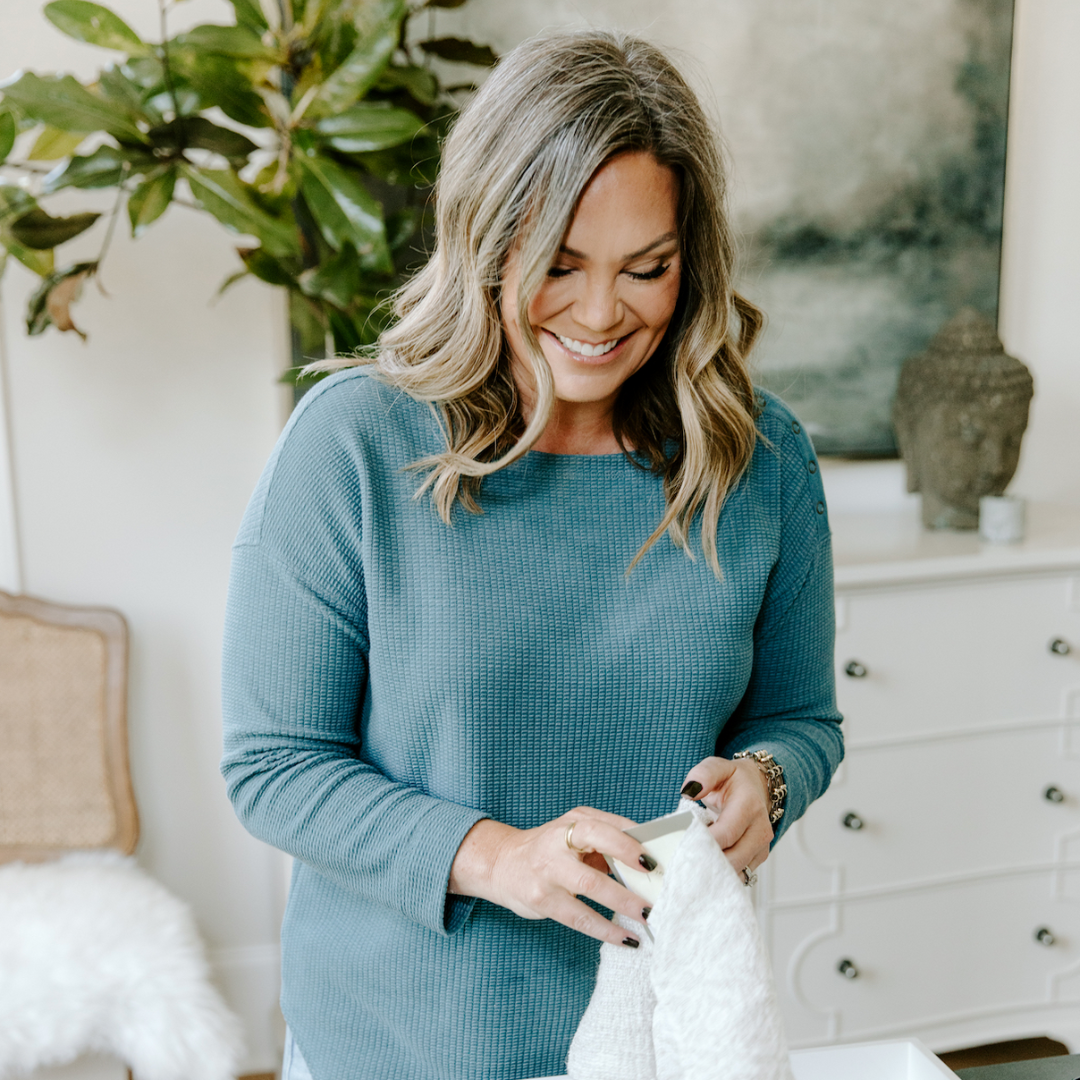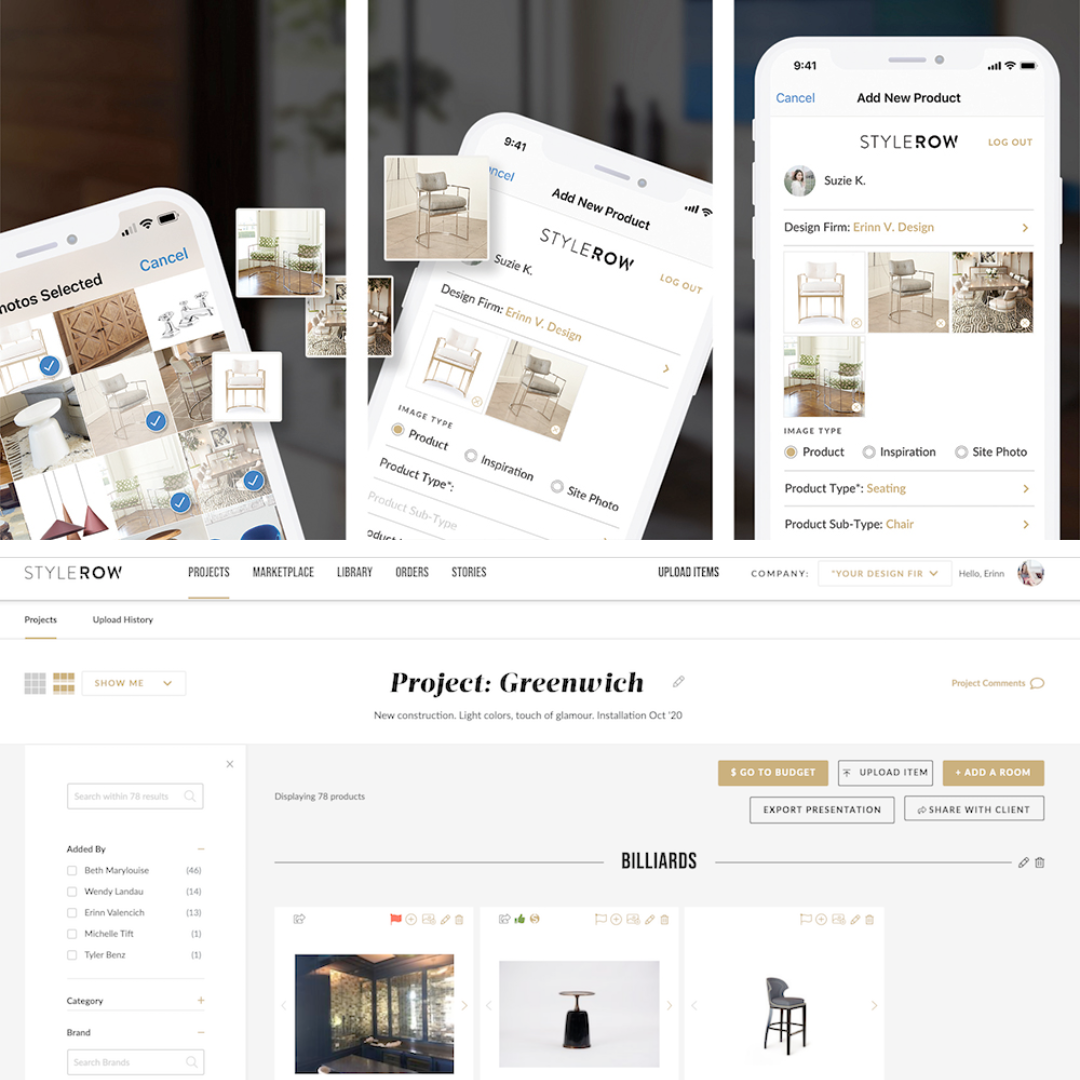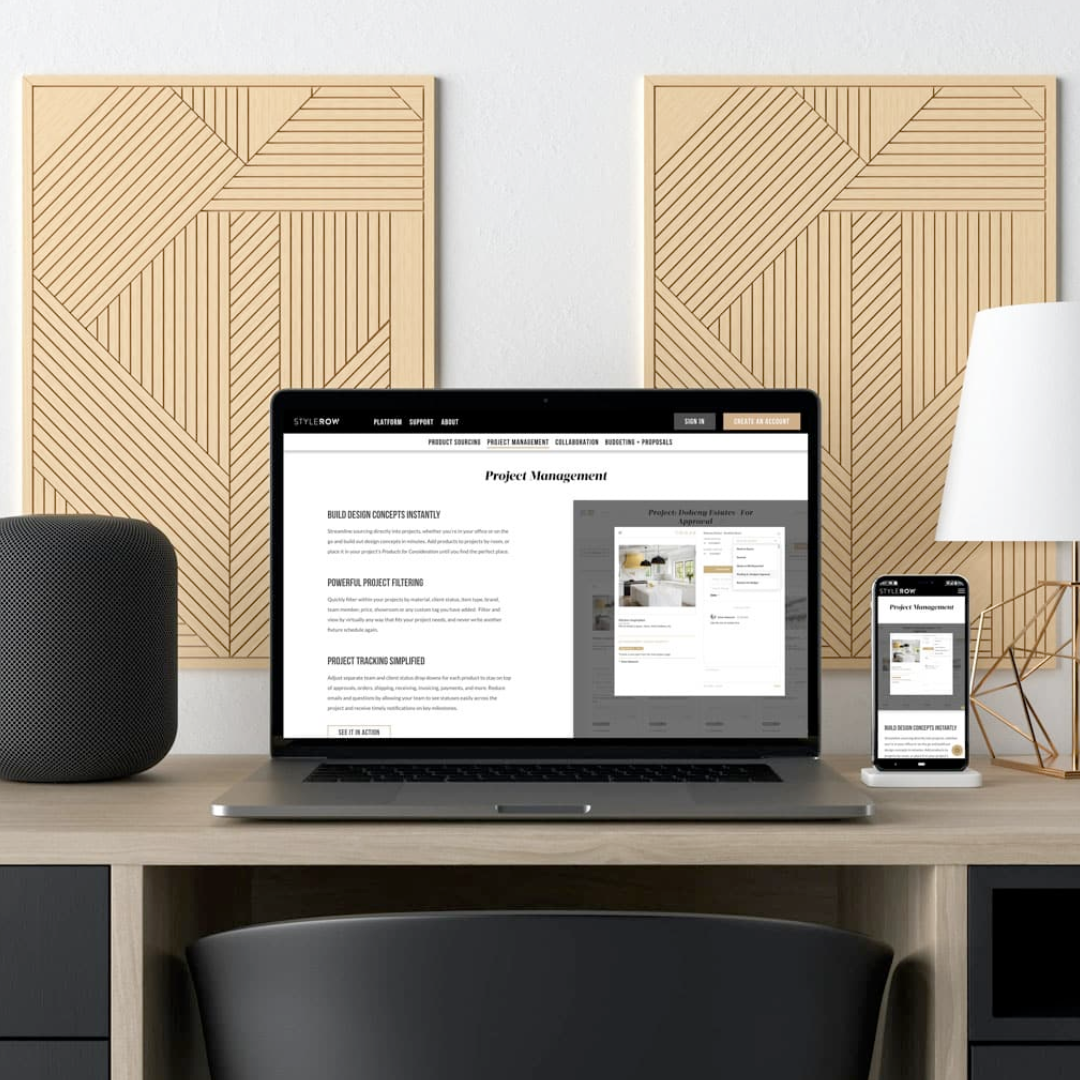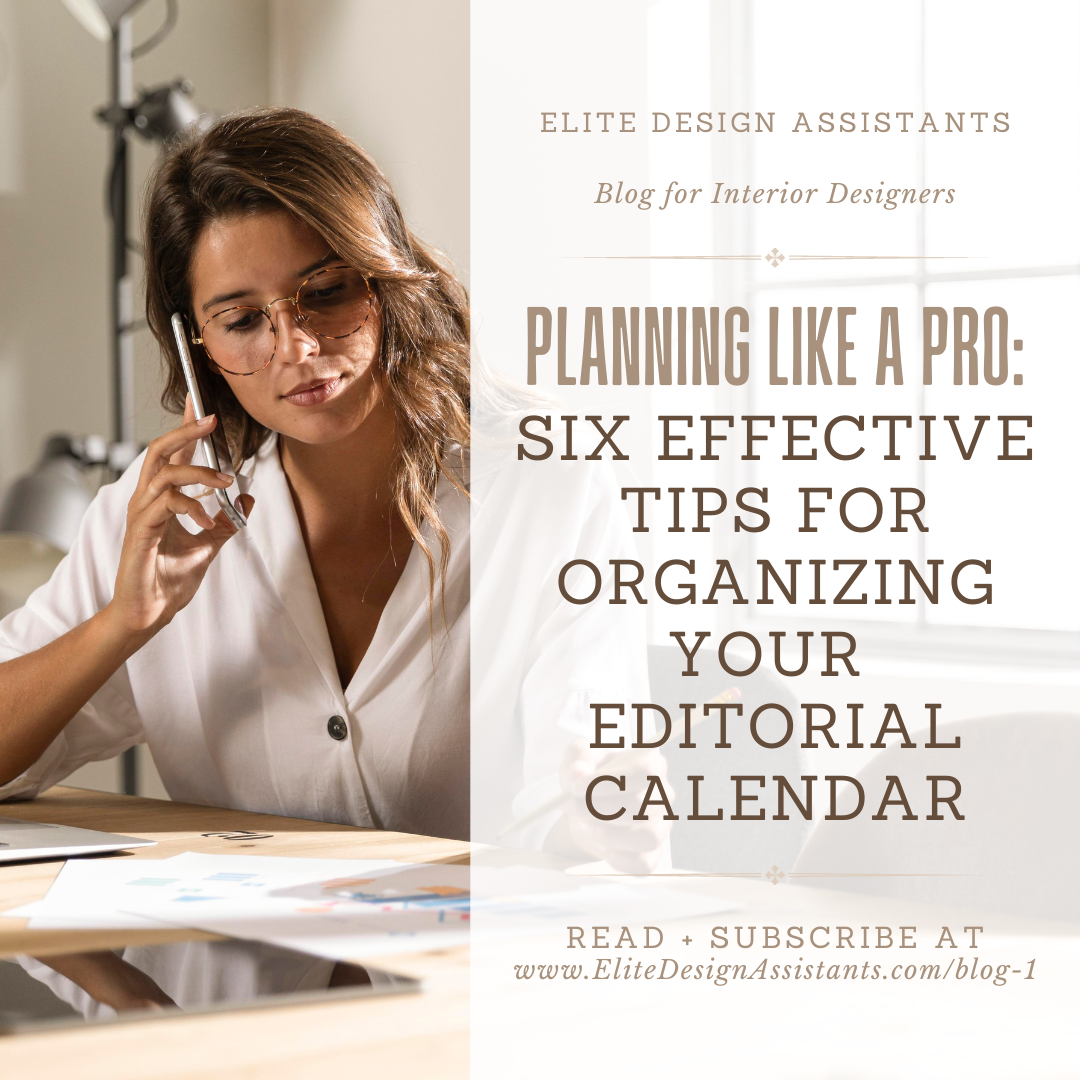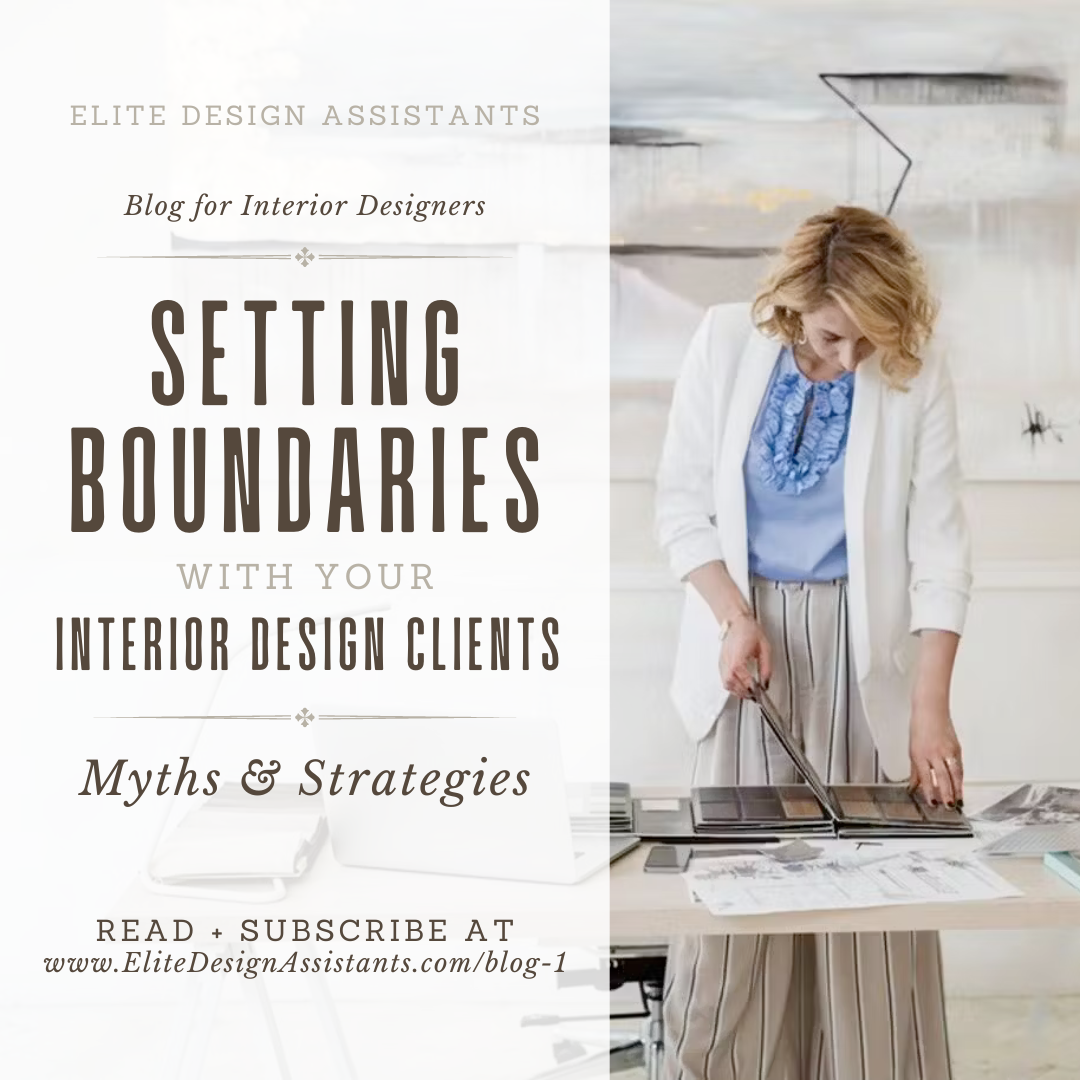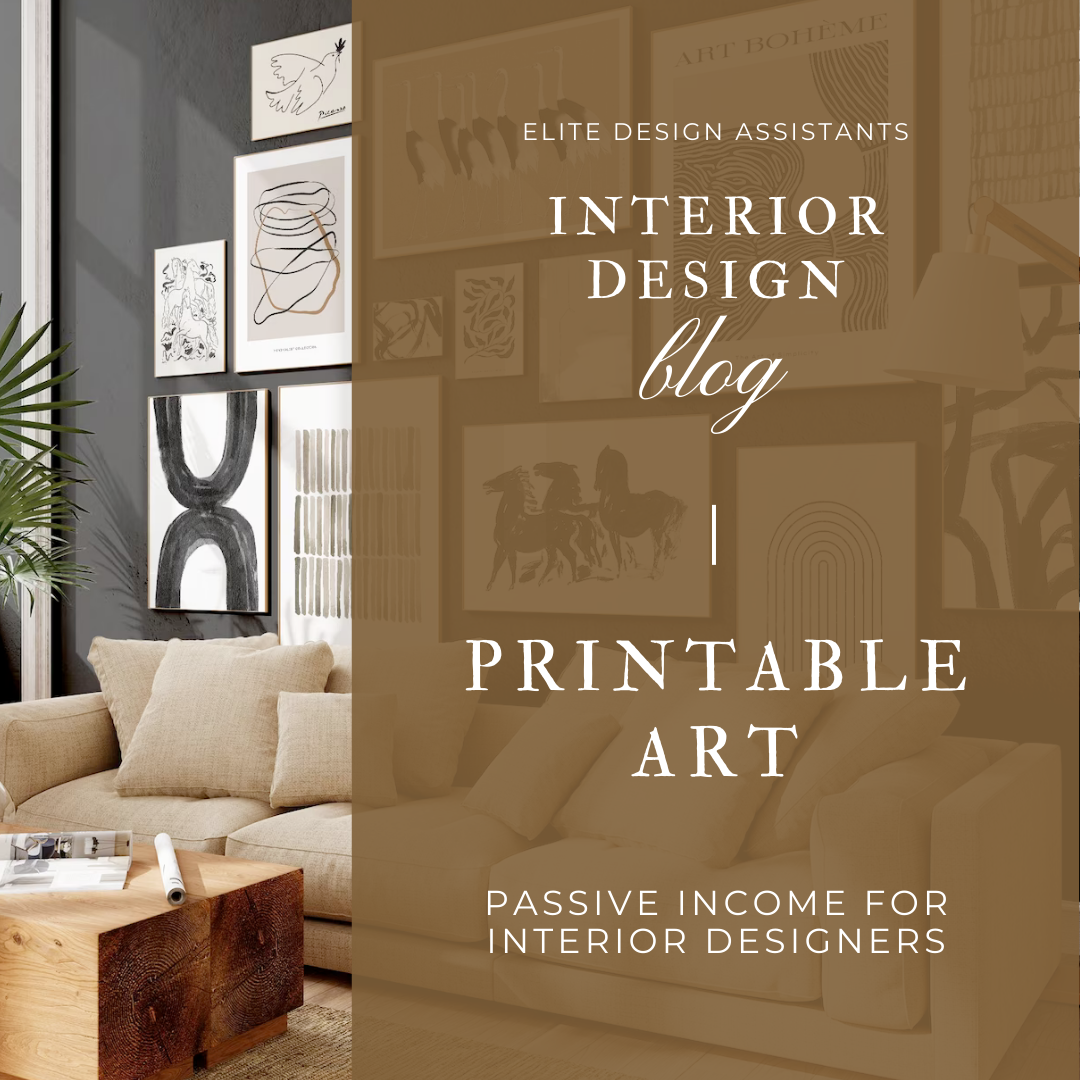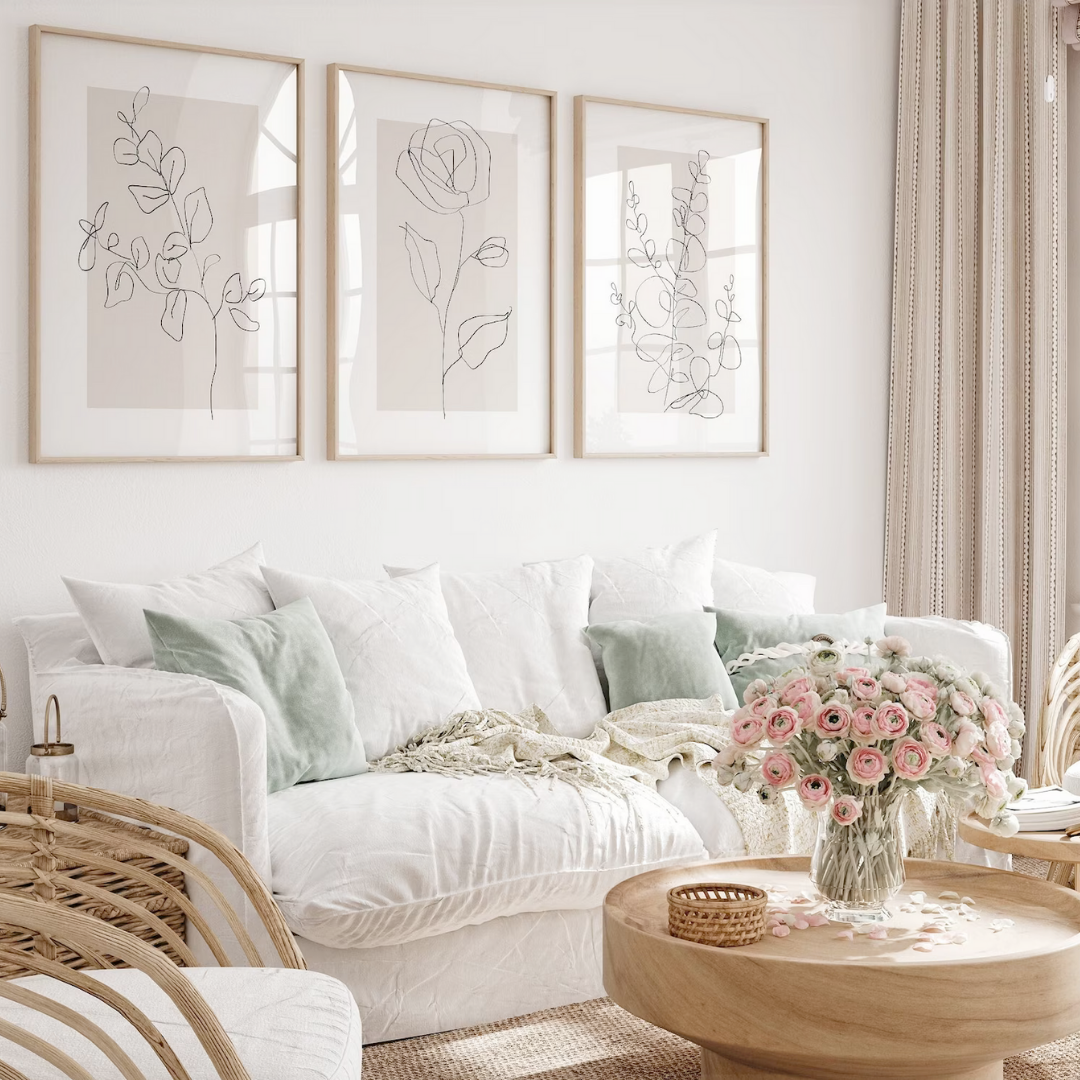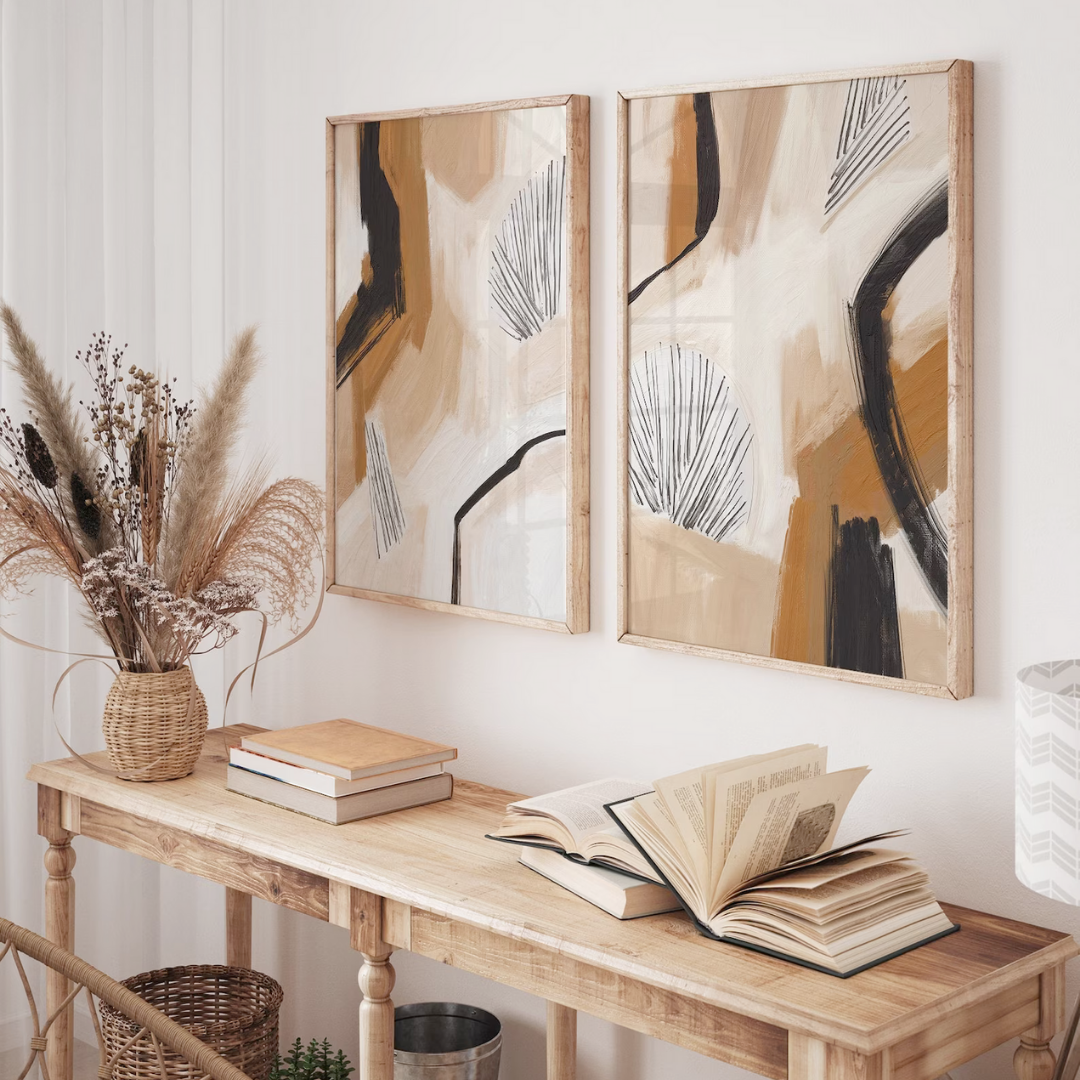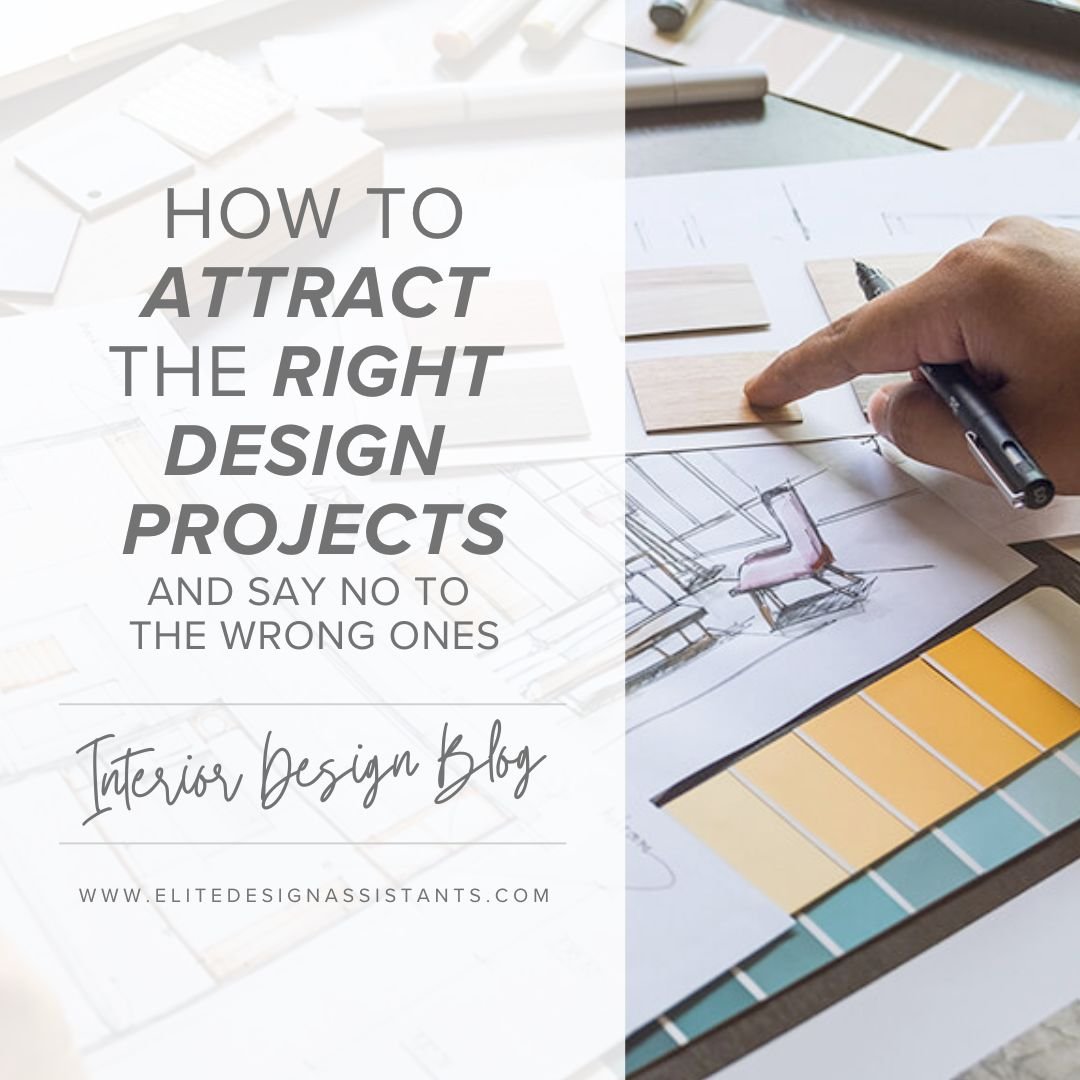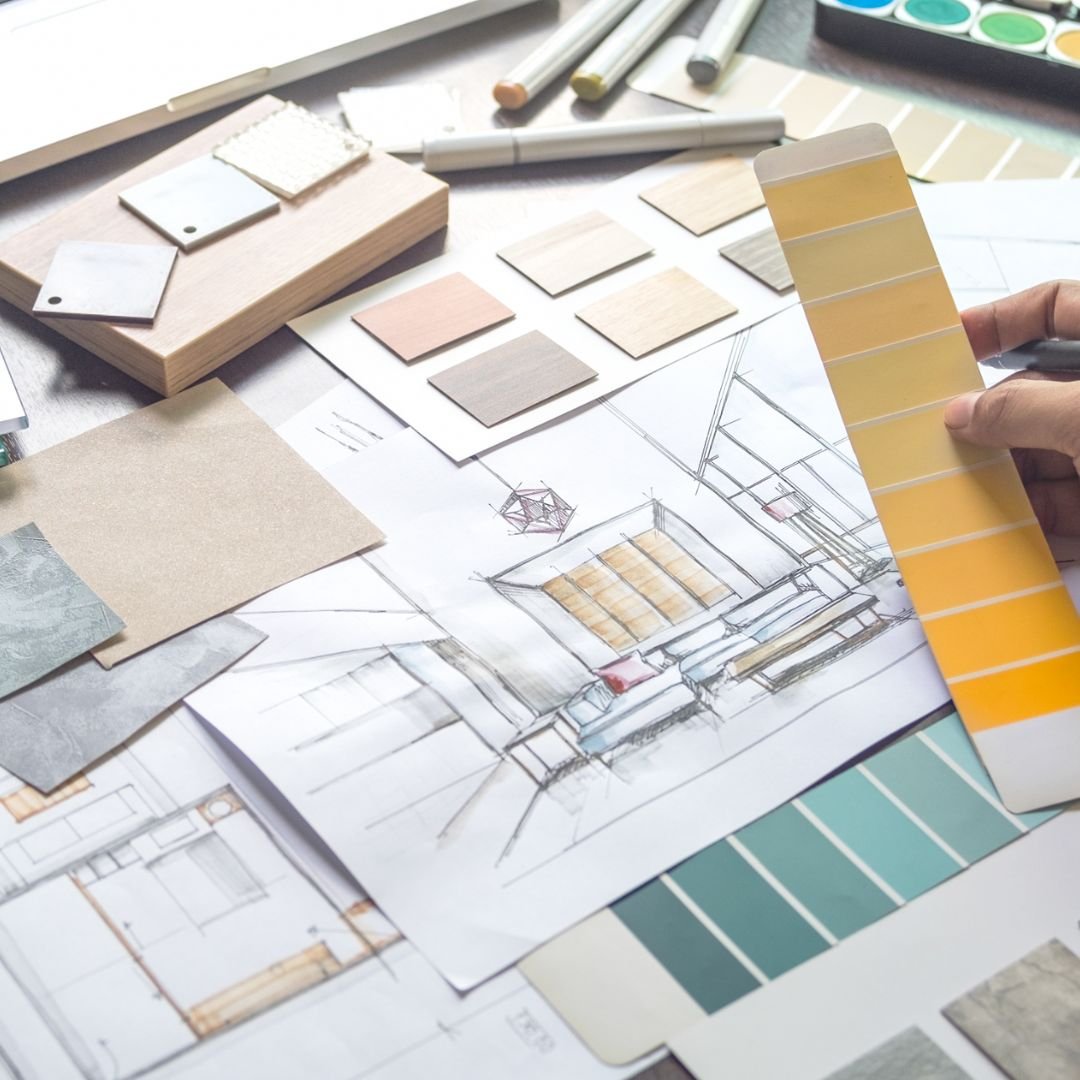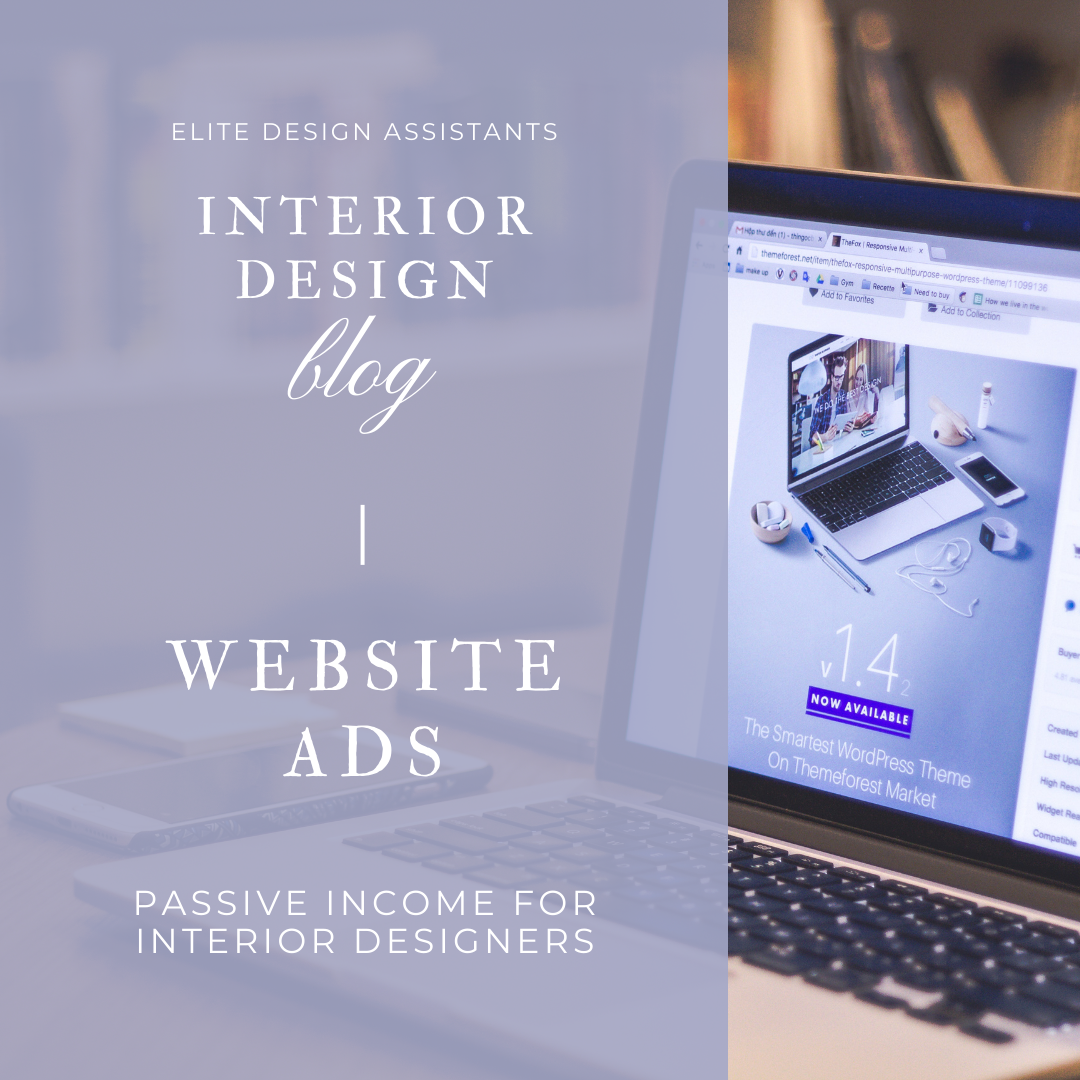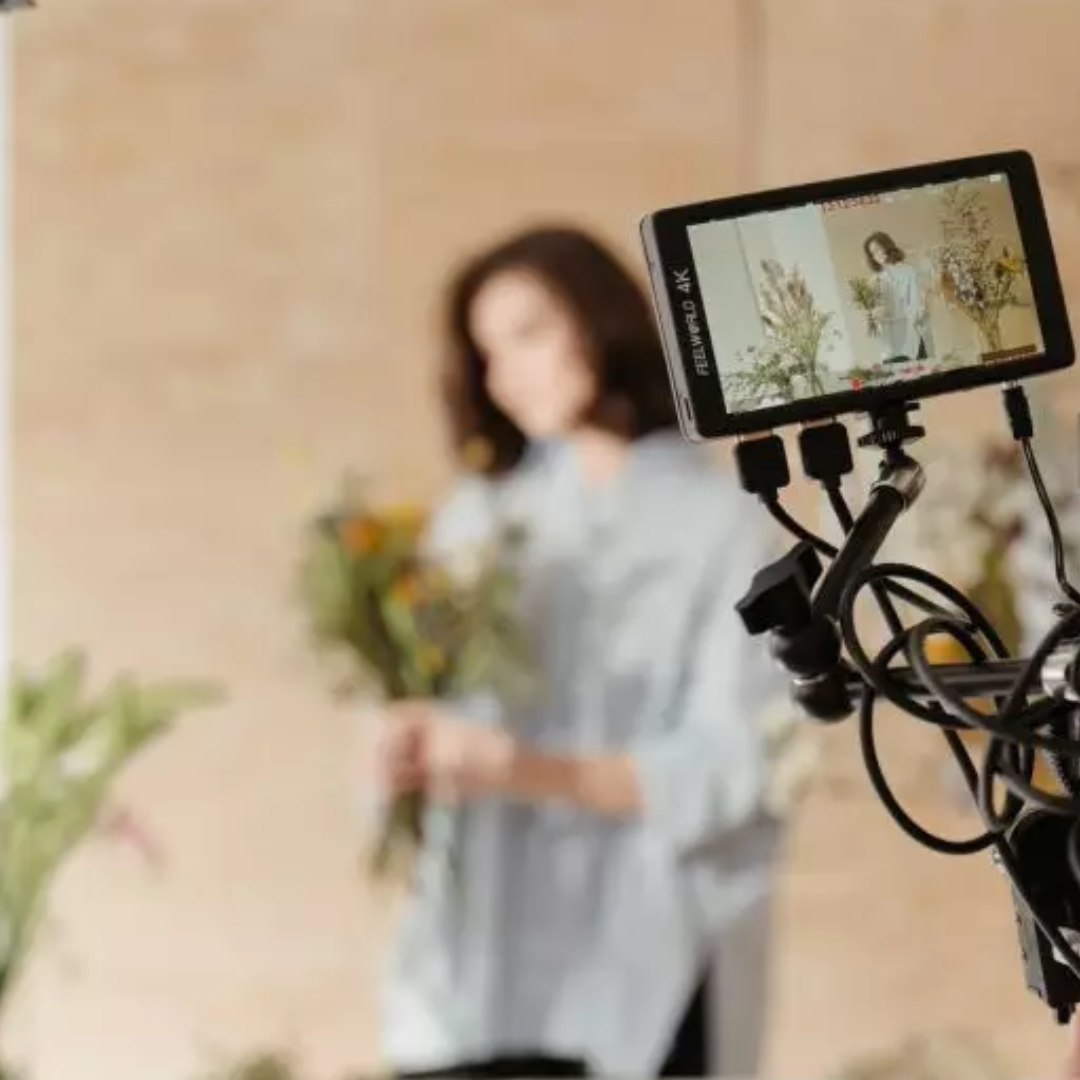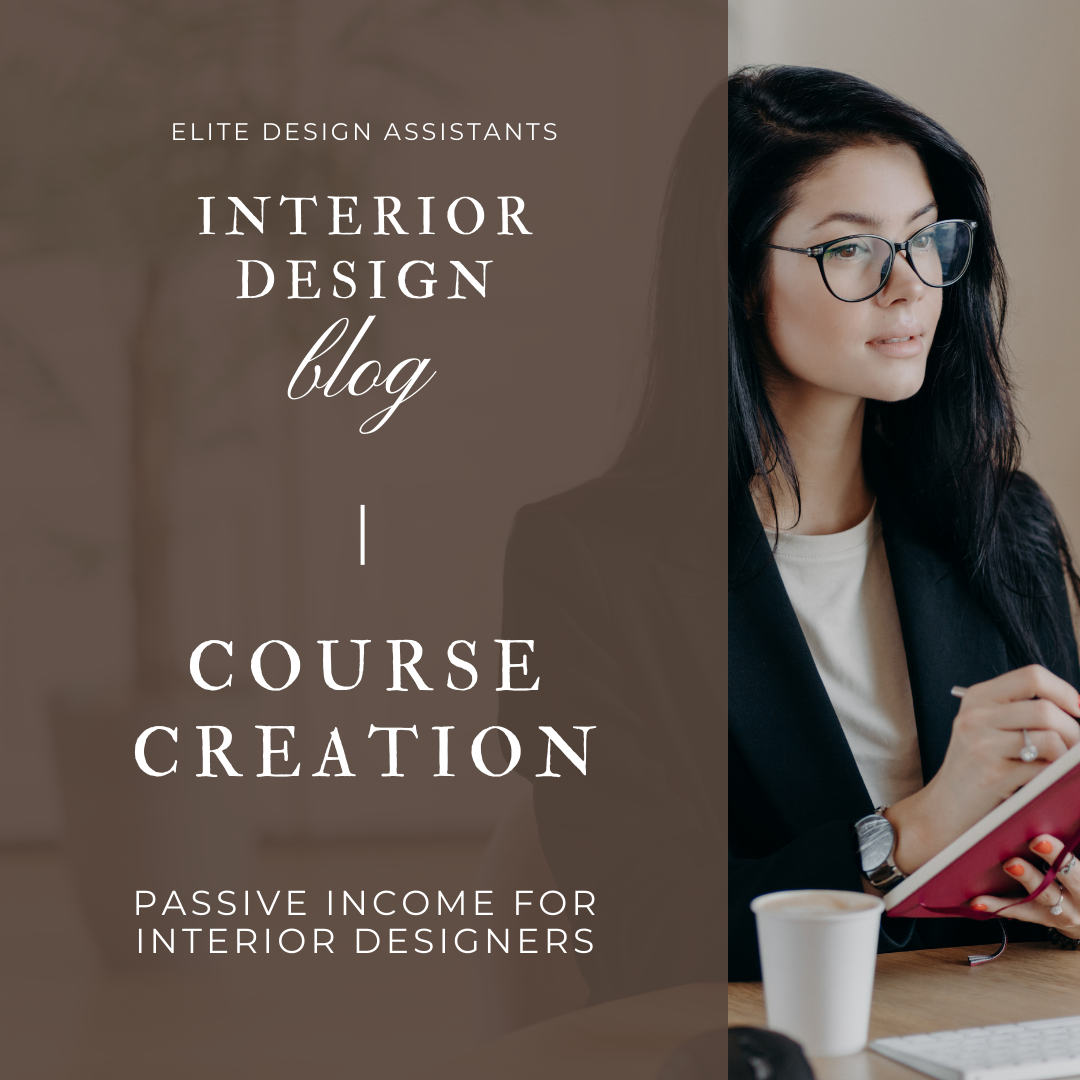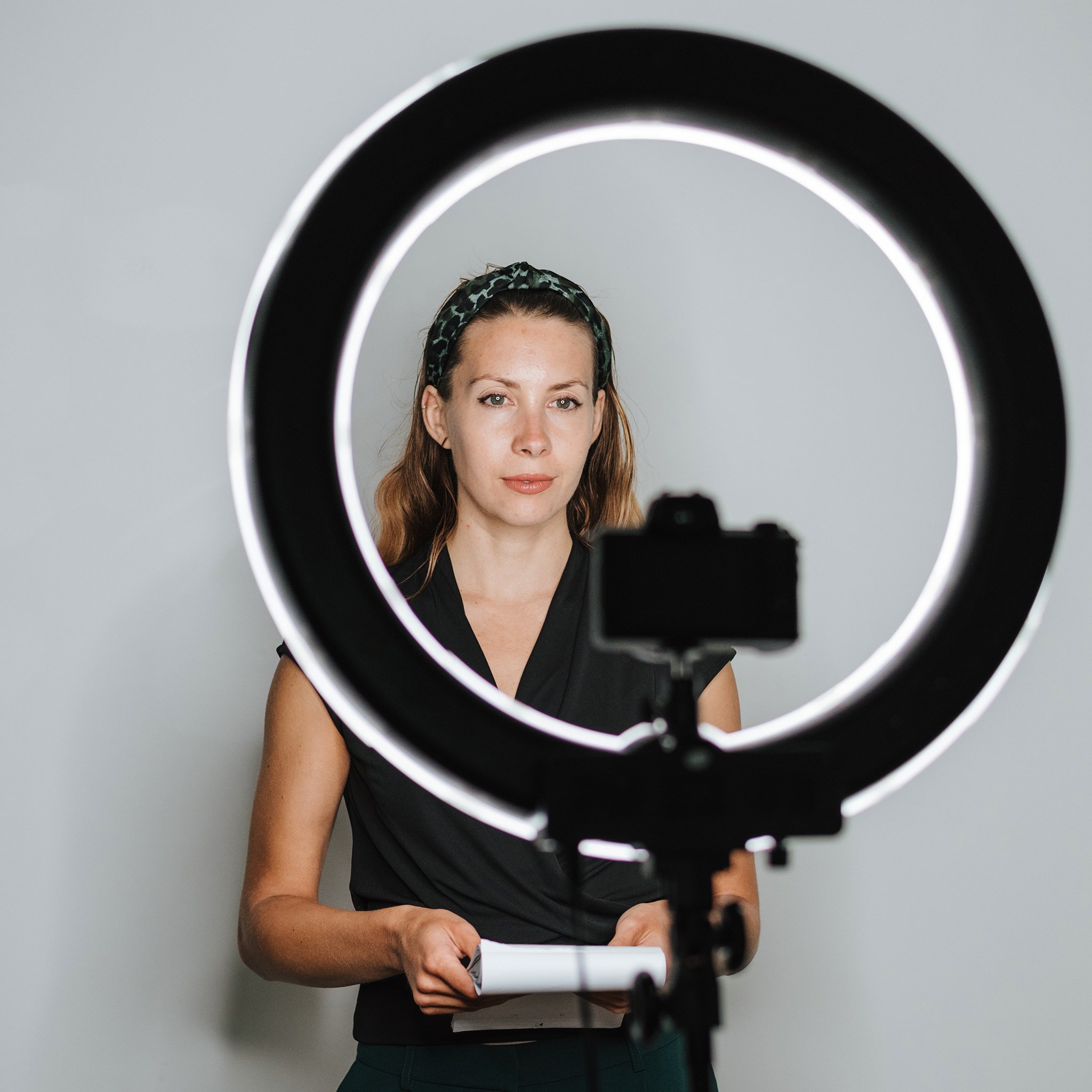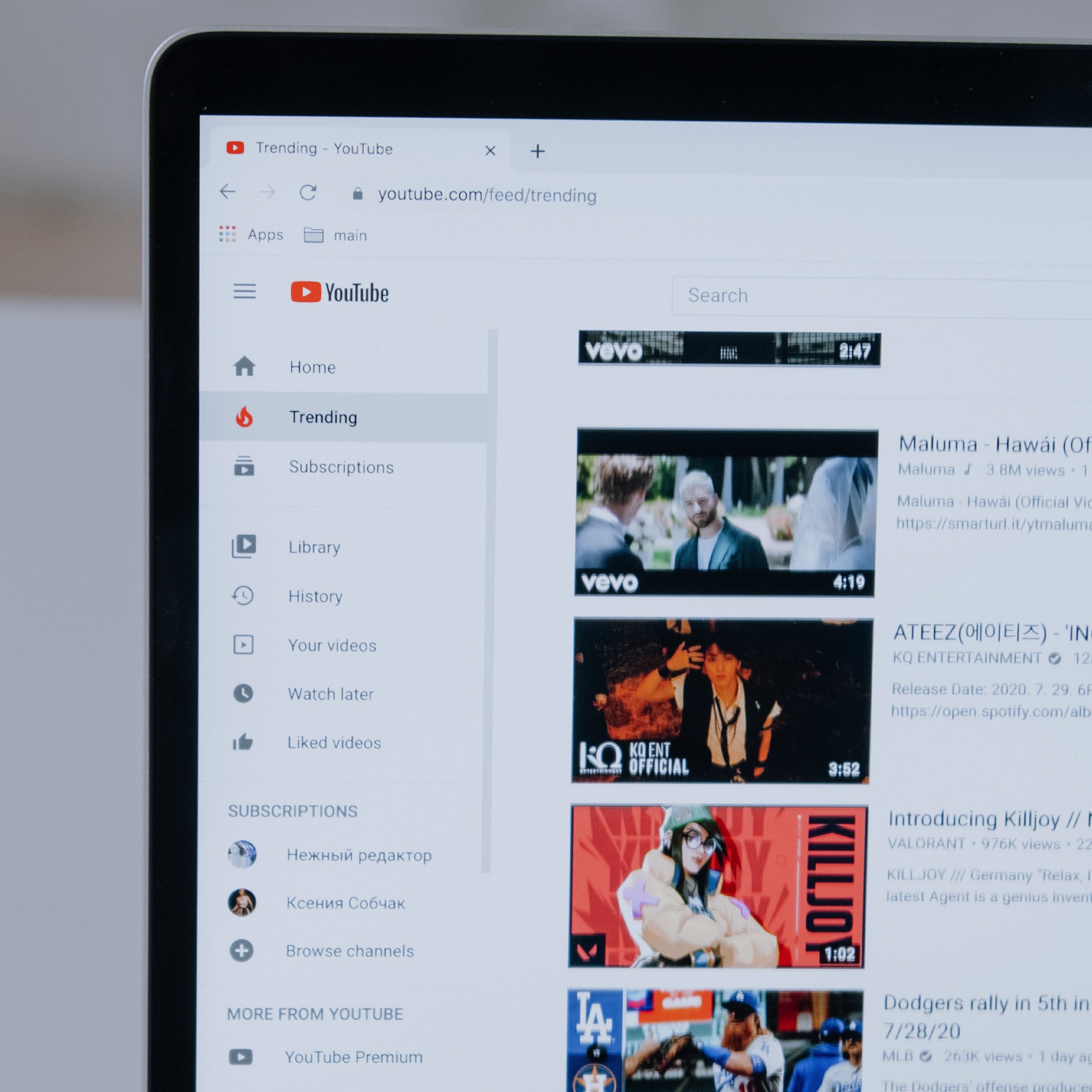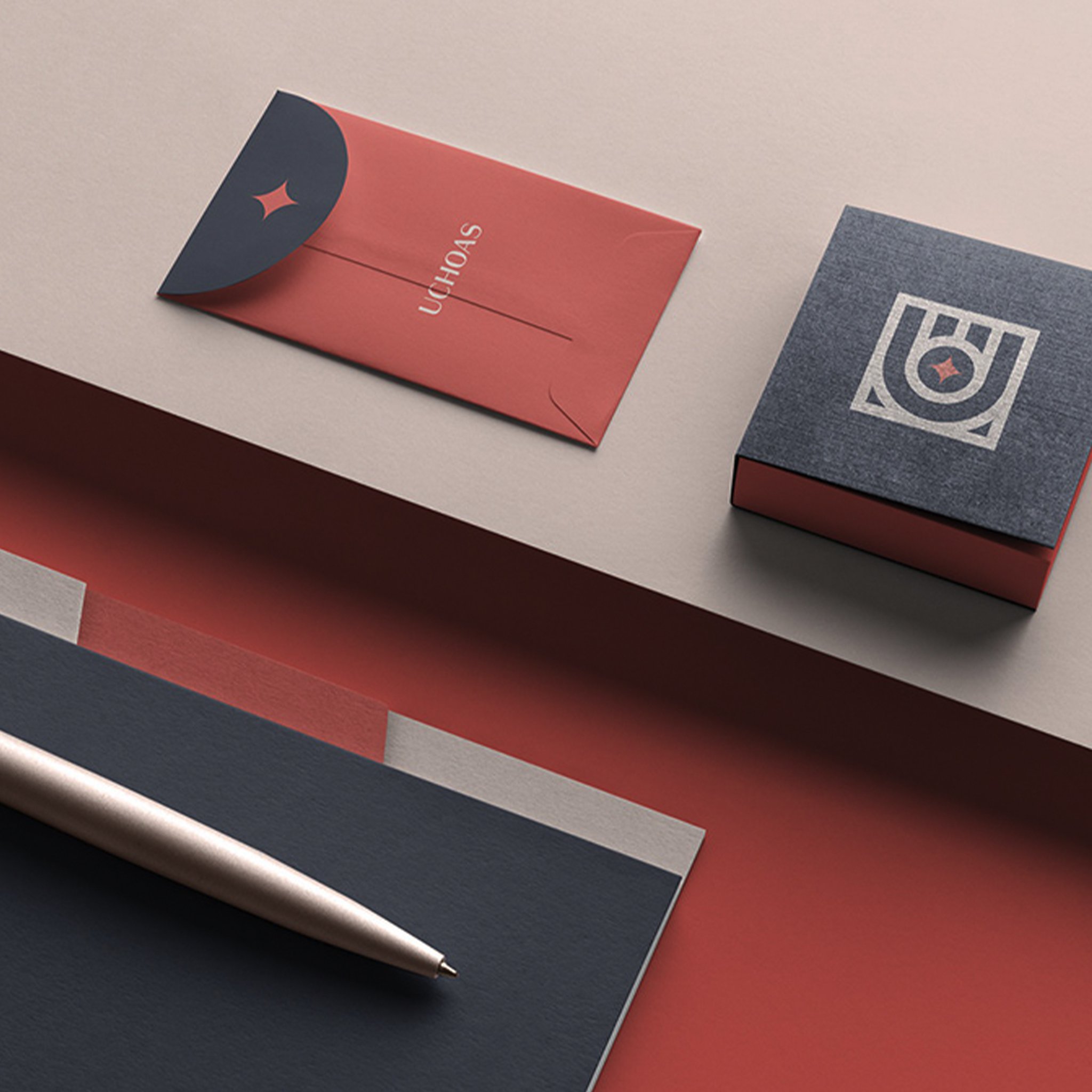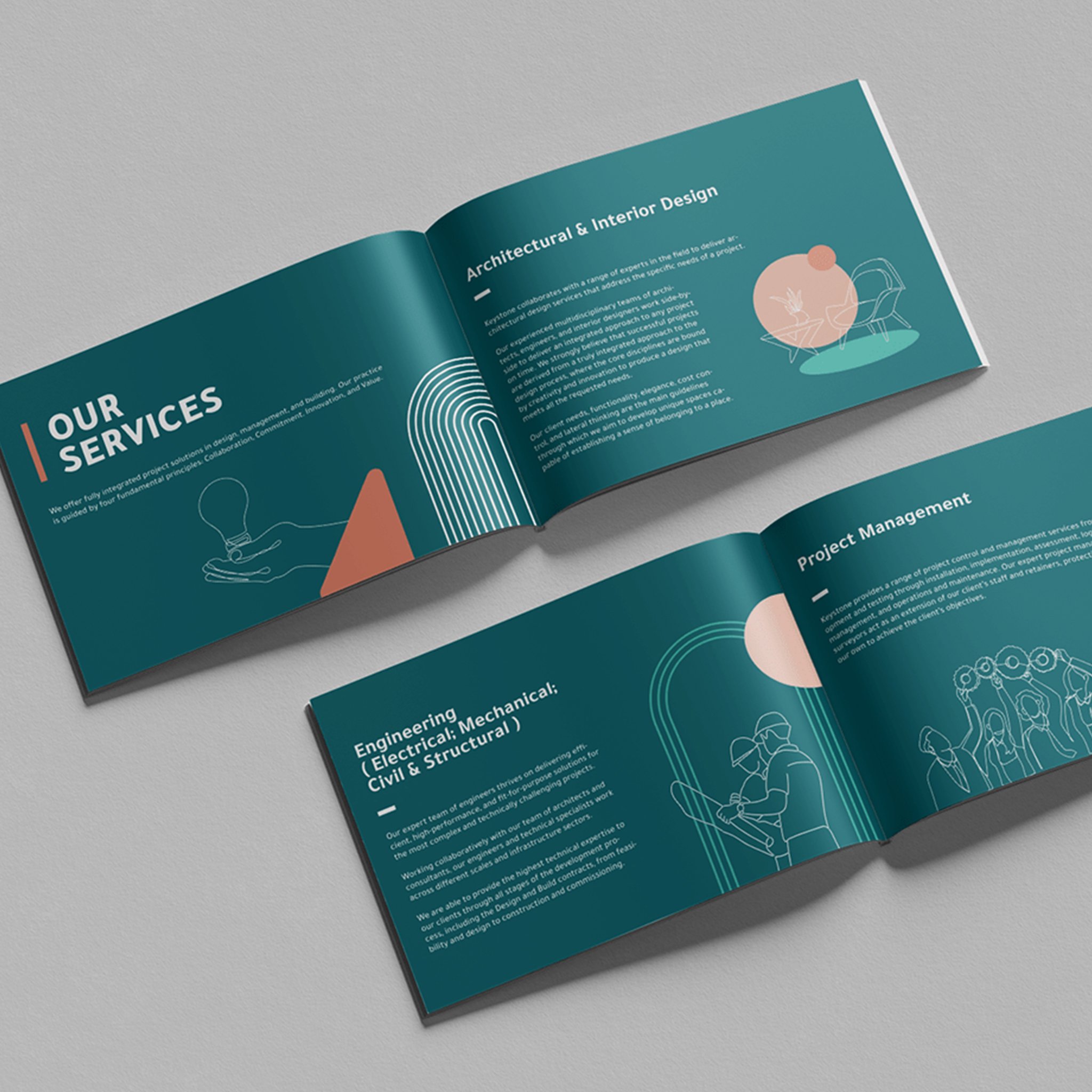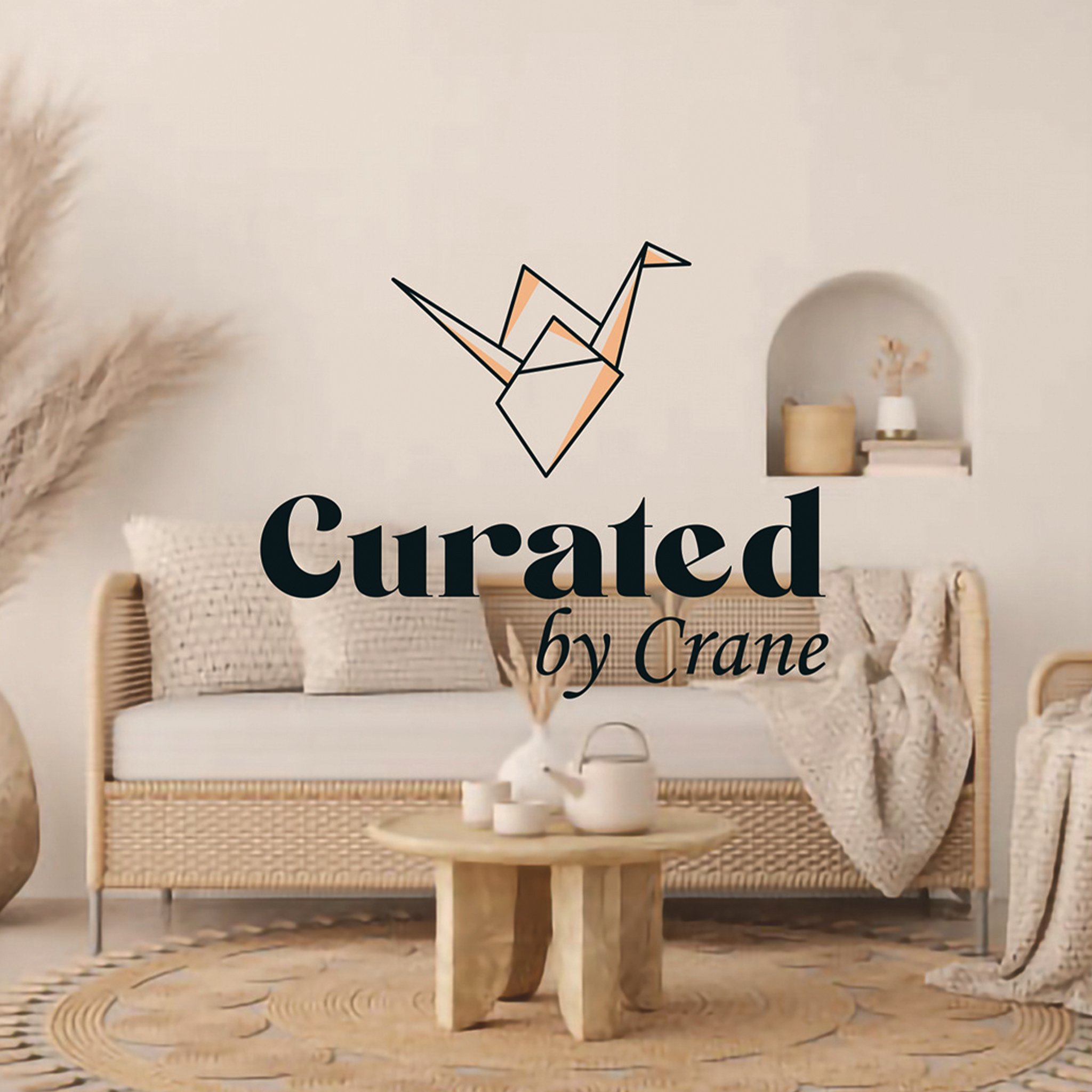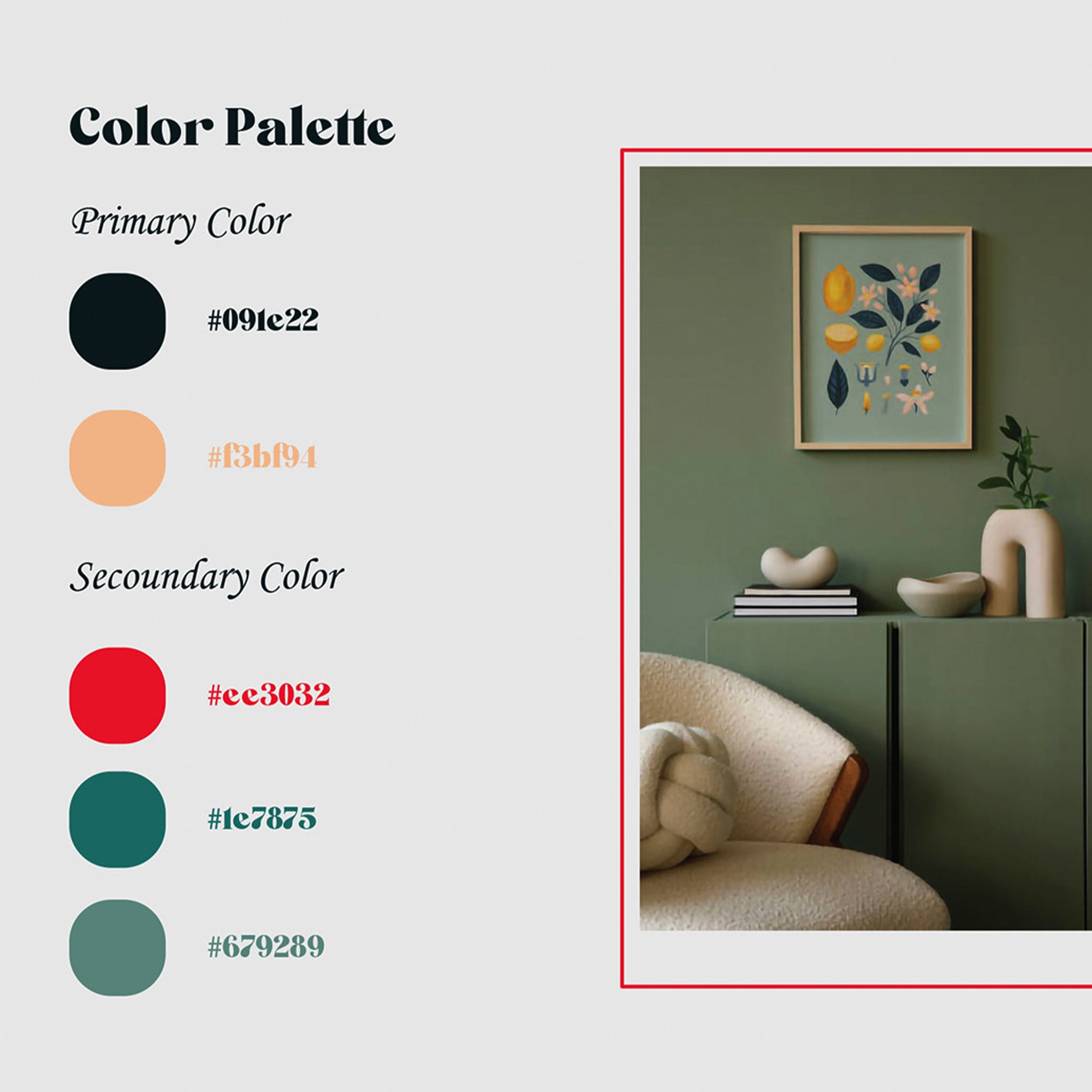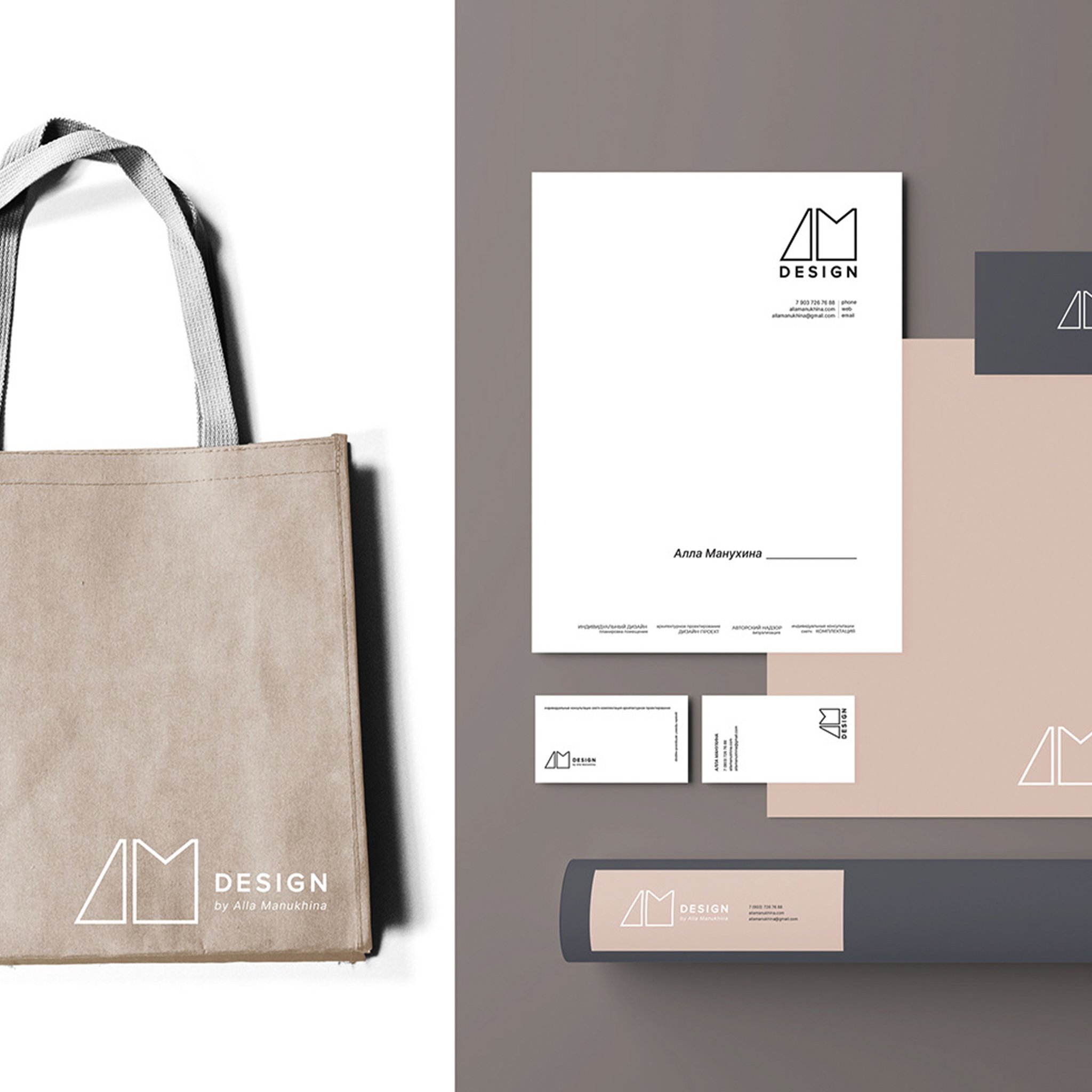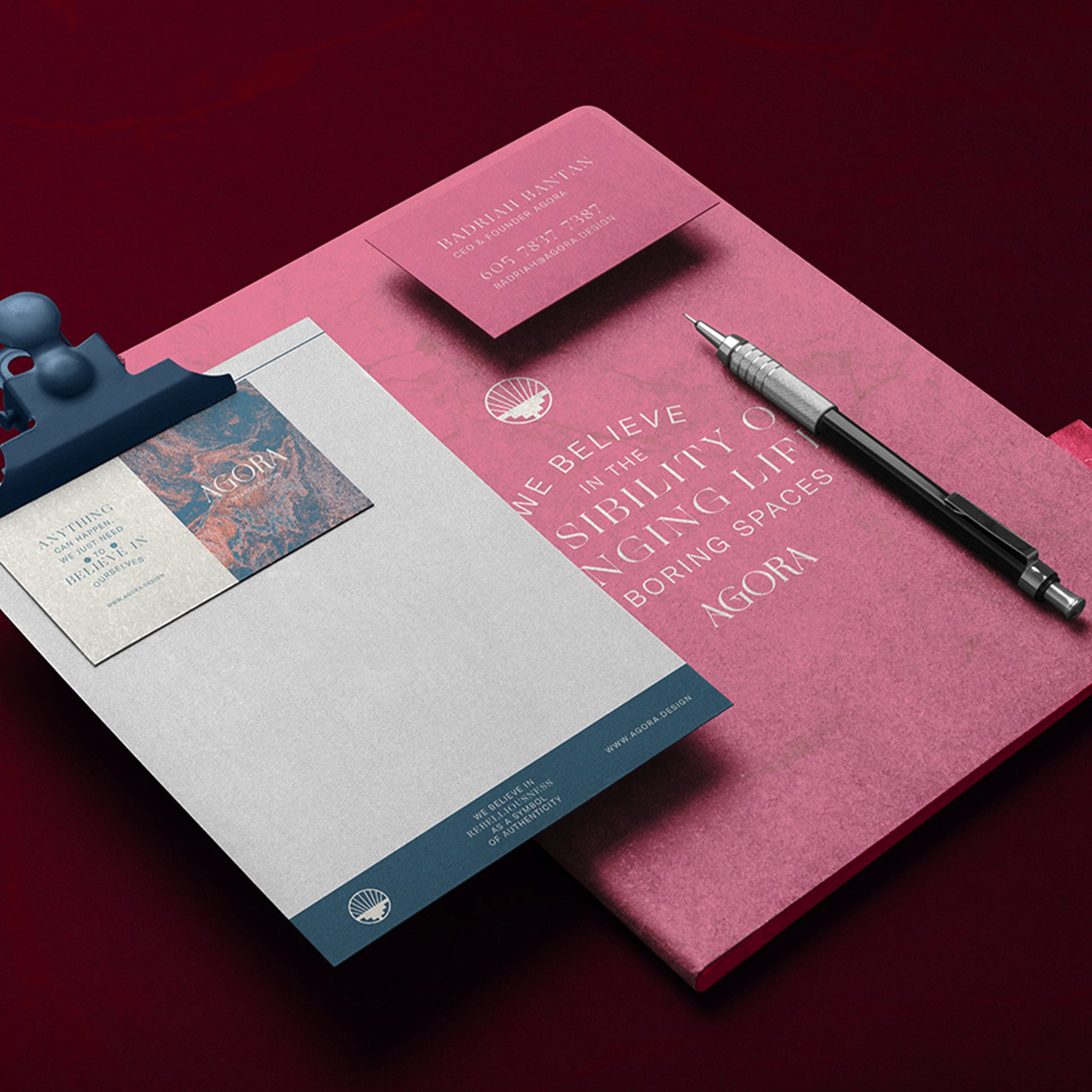Diverse Design Niches with Elite Design Assistants
/At our core, we're more than just a team of talented assistants. We're a diverse group of professionals with an array of specialties ranging from Drafting and 3D Rendering to Project Management, Social Media Management, and Bookkeeping. But what you may not know is that many of our Virtual Design Assistants (VDAs) also have expertise in various design niches! Let's explore some of these niches and the kinds of tasks our VDAs are ready to assist you with:
Residential Design
At Elite Design Assistants, you'll find experts in optimizing space layouts and selecting color palettes, materials, and furnishings. They also bring your ideas to life through detailed drafting and immersive 3D visualizations.
Commercial Design
Count on our assistants to craft innovative and captivating retail spaces, seamlessly integrate corporate branding, and manage every aspect of project coordination for a successful outcome.
Hospitality Design
Our team includes professionals who can help you with conceptualizing themes for hotels, restaurants, and bars. They excel in curating custom furniture and decor, enhancing guest experiences through thoughtful design, and effectively managing budgets.
Construction
We offer expertise in reviewing plans, meticulously documentation, ensuring top-notch quality control, managing schedules, and sourcing materials at competitive rates.
Tiny Home Design
For those seeking compact living solutions, we have experts in ingenious space optimization, creative storage solutions, functional traffic flow, and the incorporation of sustainable materials, which is often a key aspect of tiny home design.
Airbnbs and Short-Term Rental Design
Chat with your VDA about how to elevate your short-term rental spaces. They shine when it comes to interior styling to attract guests and offer strategic recommendations for guest-friendly amenities and decor.
Long-Term Rental Design
Elite Design Assistants brings you specialists in designing spaces with long-term tenant comfort in mind, and they suggest updates to enhance rental value to make the rental a low-hassle, profitable venture for you.
Value-Add Projects
We have professionals who are experienced in enhancing property values through cost-effective renovations. They offer budget-conscious renovation ideas, high ROI improvement suggestions, and provide dependable project management for value-adding renovations.
Historical/Heritage Preservation
We have assistants who are well-versed in preserving historical homes or buildings. They specialize in respecting period-appropriate design while harmoniously incorporating the best and newest design trends.
Corporate Office Design
Within our team, you'll find VDAs who excel in designing modern, ergonomic workspaces. They integrate brand identity into interior elements and select office furniture that aligns with your vision.
Co-Working Space Design
Our assistants are skilled in crafting flexible and collaborative workspaces. They suggest amenities that foster community, offer flexible design solutions, and implement strategies to attract and retain tenants.
Cannabis-Related Projects
We have VDAs who are in the know about the evolving cannabis industry and specialize in designing contemporary, compliant, and inviting spaces.
Smart Home Design
Gain valuable insight and assistance with home automation or domotics, smart lighting, security systems, and user-friendly interfaces to create the ultimate modern living spaces.
E-Design
Our VDAs can virtually transform spaces, create inspiring mood boards, and curate detailed shopping lists to bring your vision to life with ease.
No matter your unique design niche, we're here to support you in your work. Whether you need assistance with administrative tasks or require a dedicated partner to help you bring your design visions to life, reach out to us, and we'll match you with a Virtual Design Assistant who is the perfect fit for your project. Your success is our priority, and we're excited to be a part of your design journey.
xx, Danae

